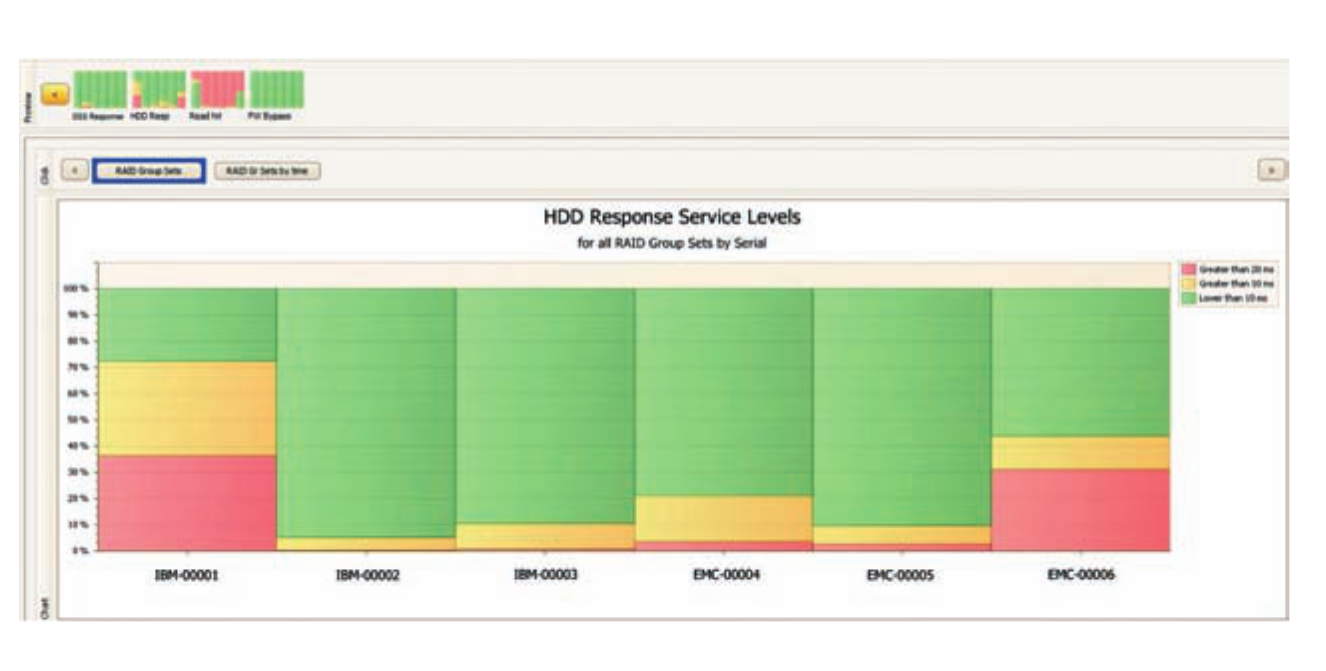Monitoring of Oracle StorageTek in Vision for z/OS Tape From IntelliMagic
Features include reporting and dashboards for Oracle VSM and IBM TS7700
This is a Press Release edited by StorageNewsletter.com on July 31, 2015 at 3:00 pmIntelliMagic, Inc. announced Vision version 8.2.
Vision screen
This release adds support for Oracle StorageTek virtual tape environments. It also offers significant intelligent monitoring features applicable to both the Oracle VSM and IBM TS7700 environments. For example, this release includes new dashboards to help customers proactively identify risks in their z/OS tape environment by highlighting availability risks before they impact end-users.
“With IntelliMagic Vision, the Oracle Virtual Tape Libraries are no longer black boxes. IntelliMagic Vision shows if there are bottlenecks in the main components and if so what is causing them,” says Brent Phillips, managing director, Americas.
As one of our new Oracle VSM customers put it: “With IntelliMagic Vision I do not have to guess or think, I know for sure what is happening in my tape environment. We now have perfect visibility into the Oracle systems.“
Dashboards for Oracle VSM identify current and potential future issues in host interfaces, VTV migration, VTV recalls, and RTD errors. Additionally, new reporting for Oracle VSM environments provides an overview of VSM performance, as well as very detailed information required for troubleshooting. For instance, the Oracle VSM VTV Migrate Overview shows all activity related to VTV Migrations including a break-down of the different Migrate request types. From this breakdown, individual Job or tape volume activity can be seen. The resulting view starts with the z/OS tape allocation request and goes down through to the VTV replication, showing all intermediate activity.
Company’s Vision version 8.2 includes dashboards and reports that are specific to IBM TS7700 environments. The Recall dashboard provides insight into diagnosing performance bottlenecks previously identified by Vision. Vision version 8.2 reports on preference group 0 (PG0) activity separate from preference group 1 activity. The separation gives a very clear understanding of the impact of the PG0 data on the cache.













 Subscribe to our free daily newsletter
Subscribe to our free daily newsletter
